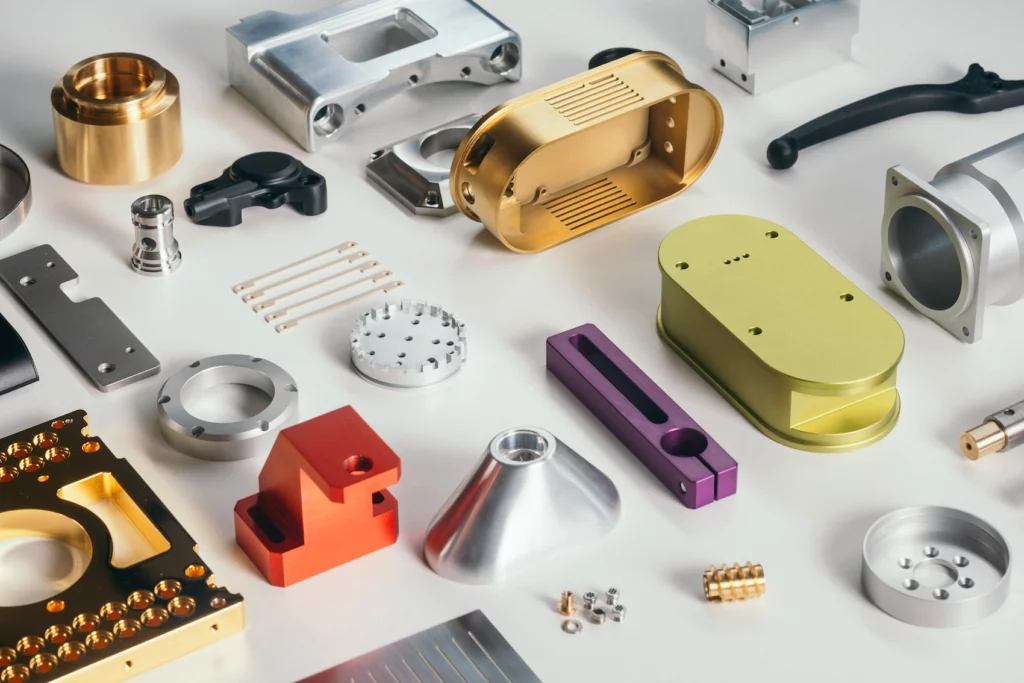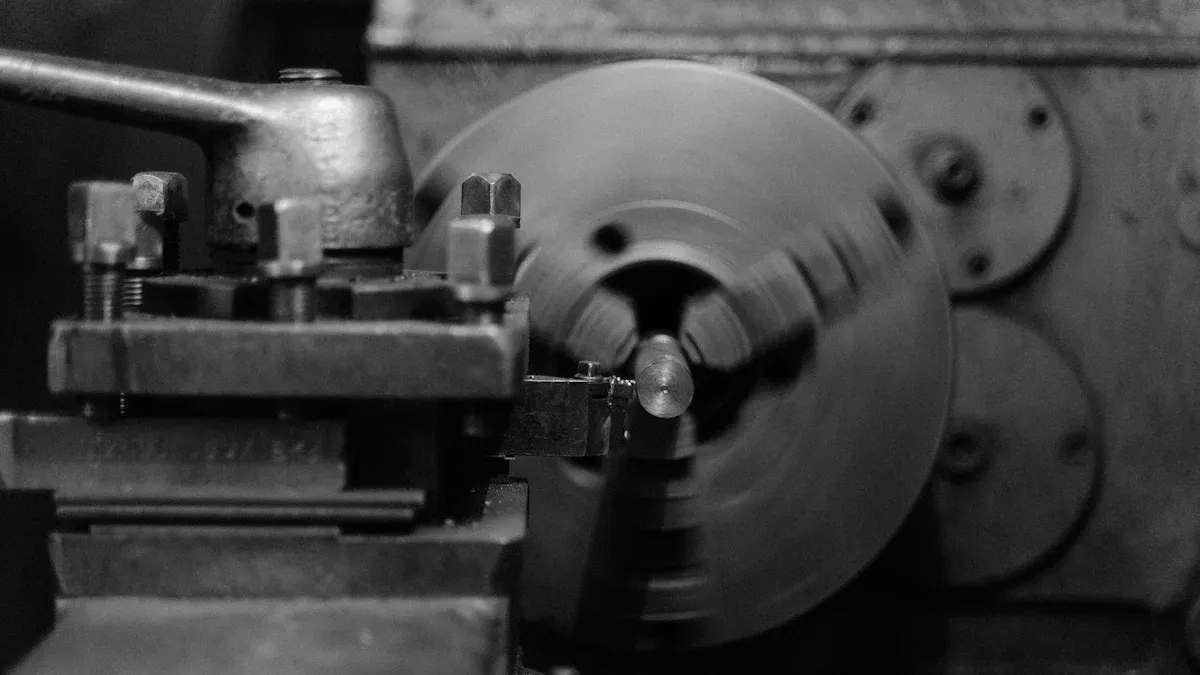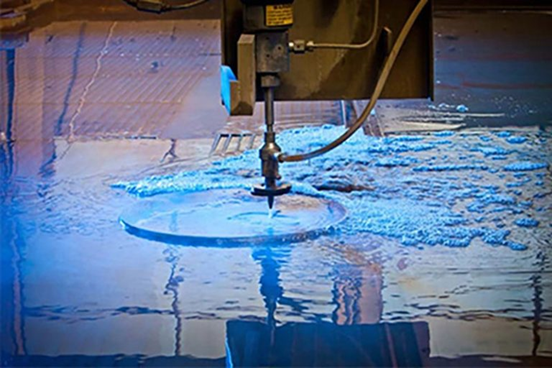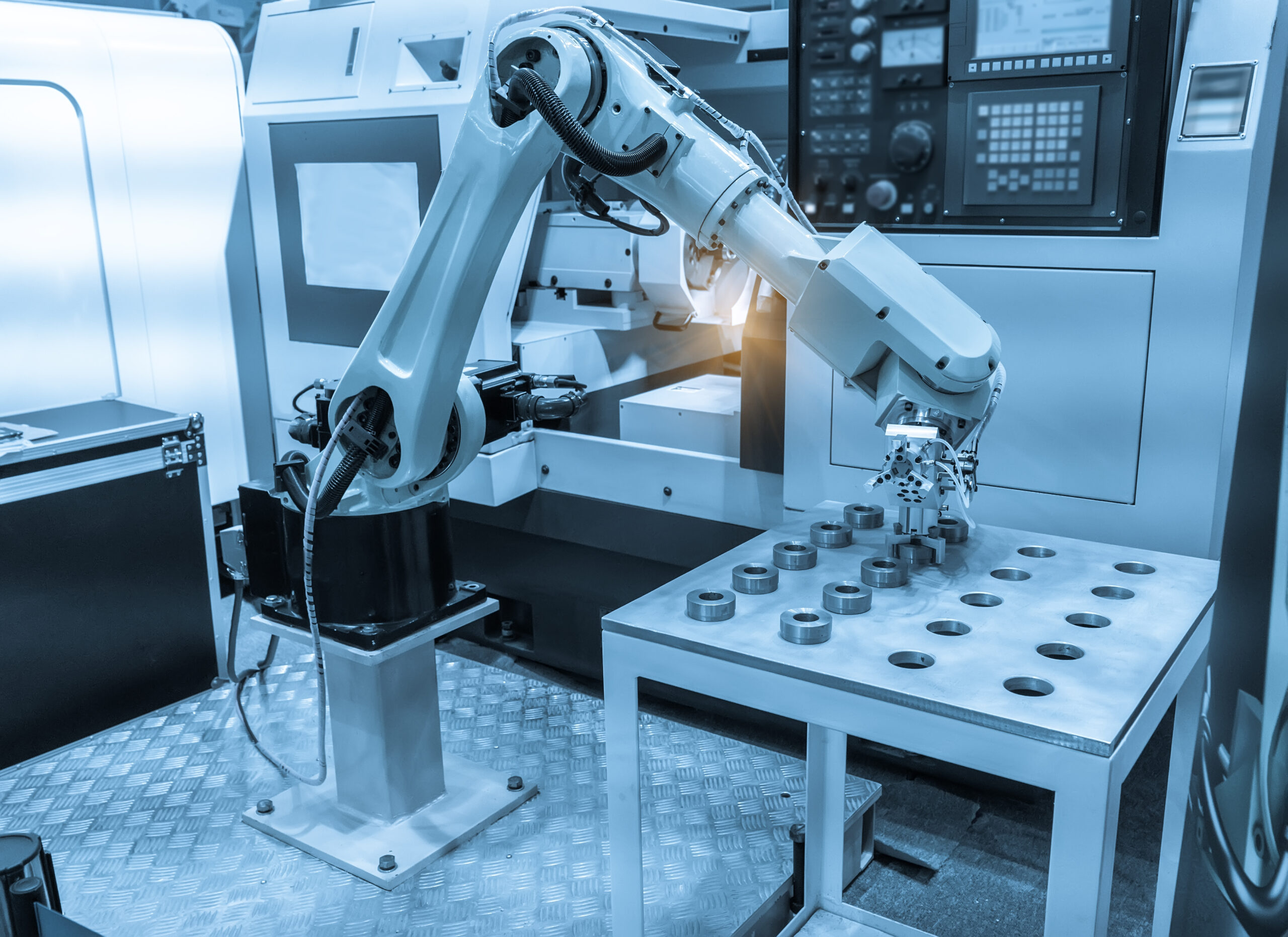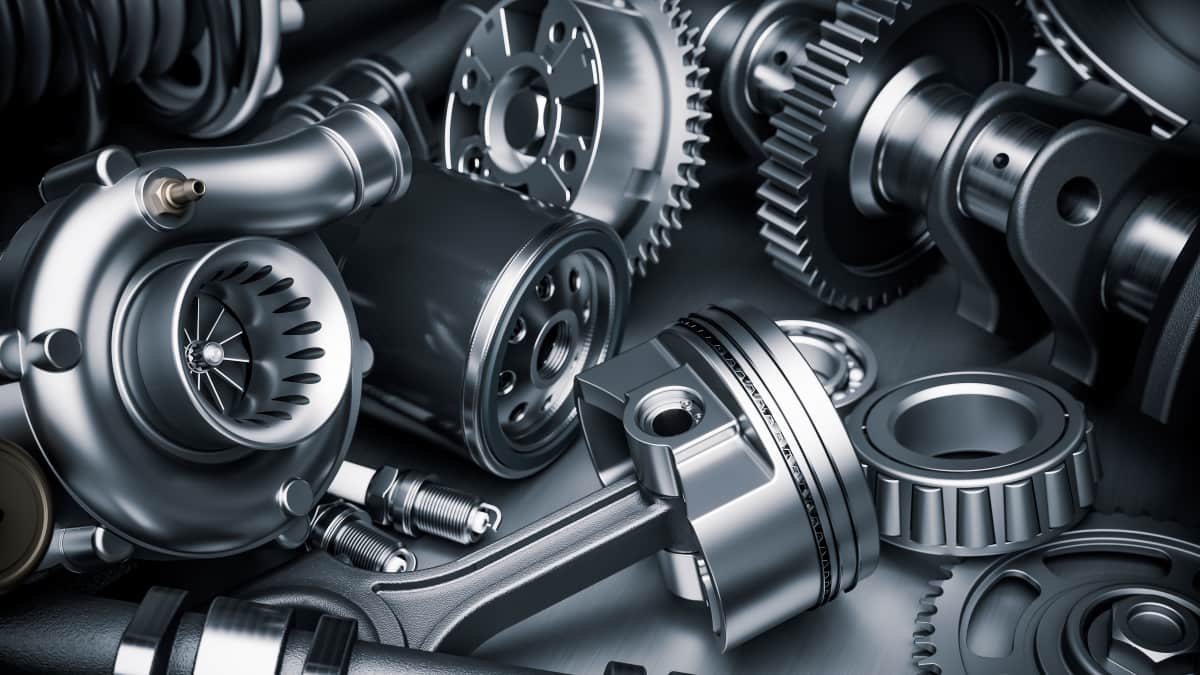What is 3+2 Axis Machining?
3+ 2-axis machining is a type of CNC milling machining method, also known as 5-axis directional machining or positioning five-axis machining. Its core principle is: using the three linear axes (X, Y, Z) of A 5-axis machine tool for movement, while using two rotational axes (usually A-axis and B-axis, or A-axis and C-axis) to fix the tool and workpiece at an inclined Angle. After locking these two rotating axes, the machine tool performs cutting at that specific Angle direction just like a high-performance 3-axis machine tool.
3+ 2-axis machining does not mean that all 5 axes move continuously and synchronously during the cutting process. Instead, it involves first finding the most favorable Angle and fixing it, and then performing 3-axis machining. The advantage of doing this is that it can complete the machining of multiple sides of the workpiece in one clamping, avoiding repeated clamping, improving efficiency and accuracy, and is particularly suitable for machining complex box-type parts or molds with inclined features.
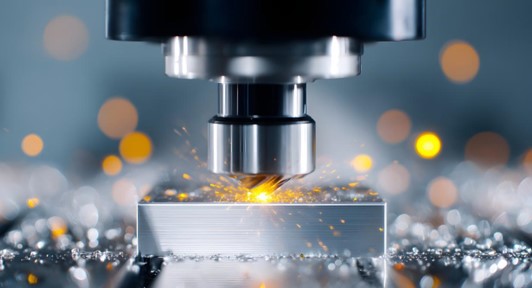
How Does 3+2 Axis Machining Work?
Programming and Angle Calculation
CAM software engineers program 3D models on computers. The software will analyze the geometric shape of the parts, automatically or manually determine the areas that need to be processed, and calculate the ideal tool inclination Angle for each area. The selection of this Angle is of vital importance, aiming to avoid interference between the tool and the workpiece or fixture, while ensuring that the tool contacts the workpiece under the best cutting conditions.
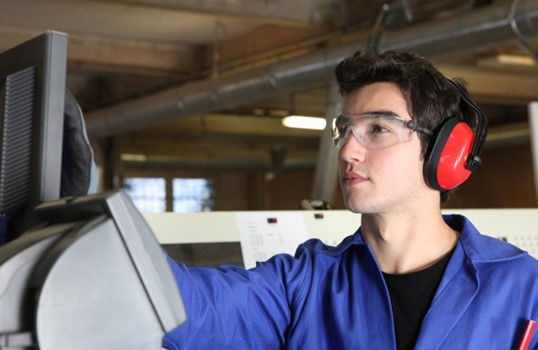
Rotational Axis Positioning
The machining program is loaded into the CNC machine tool. The machine tool first executes the movement command of the rotating axis, precisely swinging the tool (or worktable, depending on the structure of the machine tool) to the Angle set by the program.
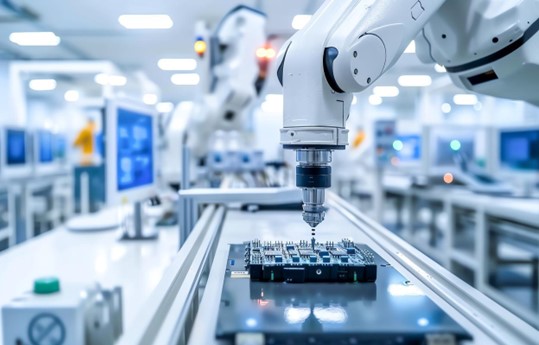
Locking and Cutting
The rotating shaft stops moving and remains in this position. From this moment on, the control system regards it as a new “3-axis” machining coordinate system.
3-Axis Machining
The machine tool starts up and only uses the X, Y, and Z axes to perform high-speed and stable cutting movements until all machining tasks at the current Angle are completed.
Repetition Process
After the 3-axis machining is completed, the machine tool will drive the rotating axis to move to the next predetermined Angle and lock it, starting a new round of 3-axis machining. This cycle continues until all the features of the part have been machined.
Materials Used in 3+2 Axis Machining
Common metals:
- Aluminum (6061, 7075, etc.)
- Stainless Steel
- Titanium
- Brass and Copper
Aluminum
Aluminum alloy is one of the most common materials in 3+2 axis machining, and is highly favored for its excellent machinability, high strength and lightweight properties.
3+ 2-axis machining uses shorter cutting tools for cutting at an inclined Angle, which can effectively avoid the deformation that is prone to occur in aluminum alloys during machining, achieve extremely high dimensional accuracy and smooth surface quality, and reduce the need for subsequent finishing.
Stainless Steel
Stainless steel is widely used in the medical and food industries due to its corrosion resistance and good mechanical properties. 3+2 axis machining is highly suitable for manufacturing complex-structured valve bodies, pump casings, and surgical instruments in these fields.
Titanium
Titanium alloys are mainly used in aerospace and medical implant fields. They are of high strength, light weight and good biocompatibility, but they are also typical difficult-to-machine materials.
3+ 2-axis machining significantly enhances the rigidity of the process system by using short tools for cutting at fixed angles, which is crucial for preventing tool vibration and wear that are prone to occur when machining titanium alloys.
The Key Advantages of 3+2 Axis Machining
Higher Accuracy
The core of achieving higher precision in 3+2 axis machining lies in “completing multi-face machining with one clamping”.
The 3+2 axis technology positions the workpiece to the required Angle through a rotating axis and then locks it. In just one clamping, all inclined surfaces and different angles are processed using three linear axes, eliminating the cumulative errors caused by multiple clamps, thereby ensuring the overall geometric accuracy and positional tolerance of the part.
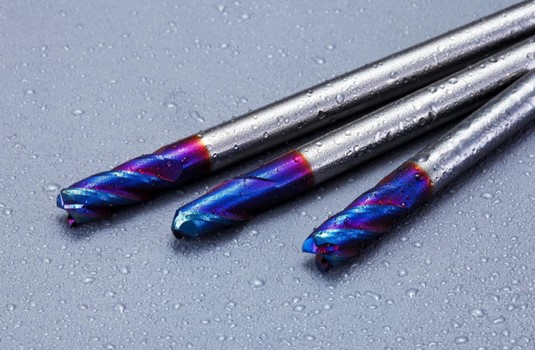
Reduced Setup and Cycle Time
3+ 2-axis machining eliminates the complex axis motion calculations and deceleration required to maintain the vertical surface of the cutting tool in continuous 5-axis machining. The cutting path is more direct and efficient, significantly reducing the total production time from raw materials to finished products overall.
Improved Surface Finish
When machining deep cavities or steep side walls, 3-axis machine tools must use long overhang tools, which can easily cause vibration and flutter, leaving vibration marks on the workpiece surface.
3+ 2-axis machining enables short and rigid tools to reach these areas by tilting the workpiece, effectively suppressing vibration.
Access to Hard-to-Reach Areas
3+2-axis machining is like providing the cutting tool with an “optimal perspective”. By flexibly adjusting the spatial posture of the workpiece, it can create an unobstructed path for the cutting tool, enabling it to easily reach these previously hard-to-reach areas.
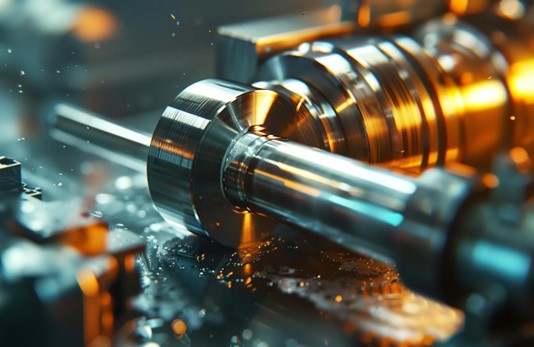
Lower Cost Compared to Full 5-Axis
In terms of hardware, 5-axis machine tools with 3+2 axis functions are usually cheaper than high-performance continuous 5-axis machine tools because they have slightly lower requirements for the dynamic response and synchronization performance of the rotating axes.
In terms of cutting tools and daily maintenance, 3+2 axis machines make more use of standard cutting tools, and the wear and maintenance costs on the machine tool are also relatively lower. Therefore, for applications that do not require the processing of complex free-form surfaces, 3+2-axis machining offers a solution that strikes a perfect balance between cost and capability.

What is 5-axis Machining?
5-axis CNC machining is a computer-controlled manufacturing process that utilizes five different axes of movement to deliver greater flexibility and precision during machining. Beyond the conventional X, Y, and Z linear axes, a 5-axis CNC machine also operates with two additional rotational axes, commonly identified as the A-axis and B-axis.
With the integration of these rotational axes, the cutting tool can engage the workpiece from a wide range of angles and orientations. This expanded motion range allows for the accurate machining of highly complex shapes, including deep cavities, undercuts, contoured surfaces, and intricate curves. The ability to tilt and rotate the tool significantly minimizes the need for multiple setups and repositioning, improving both machining efficiency and overall accuracy.
3+ 2 Axis Machining and Continuous 5-Axis Machining: Key Differences
3+2 axis machining
During cutting, the rotating axis remains stationary. Its goal is to “position” and then perform efficient cutting in a fixed direction.
Continuous 5-axis machining
Throughout the entire cutting process, all five axes (three linear axes and two rotational axes) move simultaneously, continuously, and in coordination. Its goal is “dynamic forming”, which is used for processing extremely complex free-form surfaces, such as impellers, propellers, turbine blades, etc.
3+2 Axis Machining vs Full 5-Axis Machining
| Feature | 3+2 Axis Machining | Full 5-Axis Machining |
| Axes in Use | X, Y, Z + two positioning axes | X, Y, Z + two simultaneous rotary axes |
| Motion Type | Linear with positional rotation | Fully simultaneous motion |
| Cost | Medium | High |
| Cycle Time | Moderate | Fastest |
| Best For | Moderate complexity parts | Highly complex, organic shapes |
The 3+2 axis excels at machining parts composed of multiple discrete Angle planes, while the continuous 5-axis focuses on complex curved surfaces that require the tool direction to constantly change during movement.
Design Tips for 3+2 Axis Machining
Optimize Part Orientation
During the design stage, it is necessary to consider how to process the most features with the least rotation axis positioning angles. The ideal goal is to arrange as many holes, cavities, and profiles on the part as possible in the same direction or a few directions.
Ensure Tool Access
When you tilt the workpiece at an Angle, a thorough interference check must be carried out. Not only should the tool tip of the tool be examined, but also whether the tool holder, the clamping device, and even the spindle head will collide with other parts of the workpiece, the fixture, or the machine tool worktable.
When designing deep cavity or concave features, it is necessary to ensure that at the planned inclination Angle, there is a sufficient length of tool to safely reach the machining bottom surface, and the tool holder will not scratch the side wall.
Design Secure Fixtures
Since 3+2-axis machining is carried out at different angles and sometimes even with the workpiece inverted, the fixture must provide reliable clamping in all directions. The design of the fixture itself should be as compact and low as possible to avoid interference with machine tool components during rotation.
Design for Planar Machining
At each positioning Angle, the 3+2 axis is essentially 3-axis machining. Therefore, the ideal features are those “planar” features that can be efficiently processed using a 3-axis strategy. Although it can process some shallow surfaces, complex 3-dimensional free-form surfaces remain the forte of continuous 5-axis.
Why Choose 3+2 Axis Machining for Production
For companies that require flexibility, precision, and efficiency without investing in full 5-axis systems, 3+2 machining provides the perfect solution.
Here are some real-world benefits manufacturers have reported:
- 40–60% shorter cycle times compared with traditional 3-axis machining
- Improved accuracy on multi-surface parts
- Reduced fixture costs since fewer setups are needed
- Better productivity for small to medium-batch production
- Higher machine utilization, as the rotary axes can reposition automatically
Overall, 3+2 machining maximizes the capability of standard 5-axis machines without the complexity of continuous motion programming.
The Application Fields of 3+2 Axis Machining
Aerospace Industry
Aerospace is one of the most representative application fields of 3+2 axis machining. Aircraft structural components, such as wing ribs, frames, and hangers, are usually milled from a single piece of aluminum alloy or titanium alloy blank. They have complex structures, thin walls, and contain a large number of holes, cavities, and bosses that need to be processed at different angles. The 3+2 axis machining can complete the majority of feature processing on the five surfaces of a part through a single clamping.

Mold Manufacturing
Whether it is an injection mold, a die-casting mold, or a stamping mold, their cores and sliders usually have complex geometries, including deep cavities, steep side walls, and complex cooling water channels. 3+ 2-axis machining can easily tilt the tool to the optimal Angle, precisely mill these hard-to-reach areas, and produce precisely angled inclined pin holes and slider mechanisms.
Medical Device Industry
The medical field has extremely high requirements for the precision, surface finish, and machining of biocompatible materials of parts. 3+2 axis machining is highly suitable for manufacturing parts such as artificial joints, surgical instruments, and bone plates. It can avoid the contamination and error risks brought by secondary clamping, while ensuring the perfect match between the implant and the human bone, which is crucial for the success of the surgery.
Energy and Heavy Industry
In the energy sector, such as the blades of steam turbines and gas turbines, these parts are usually made of difficult-to-machine materials like high-temperature alloys and have complex geometries.
3+ 2-axis machining allows the use of short and rigid tools to enter the workpiece at the most suitable Angle, which is crucial for maintaining tool life, controlling cutting heat, and ensuring the integrity of the part surface.
Partner with an Experienced 3+2 Axis Machining Manufacturer NOBLE
At NOBLE, we specialize in 3+2-axis CNC machining services for both prototype and production runs. Our advanced multi-axis machining centers allow us to produce precision components from aluminum, stainless steel, titanium, and engineering plastics with tight tolerances and exceptional surface finishes.
Whether you need a small batch of prototype parts or large-scale production, our experienced engineering team provides:
- Professional DFM (Design for Manufacturability) support
- Fast and reliable quoting
- Consistent quality control using CMM inspection
- Flexible production scheduling
By choosing us as your manufacturing partner, you’ll gain the efficiency of 3+2 axis machining and the reliability of a trusted precision machining supplier.
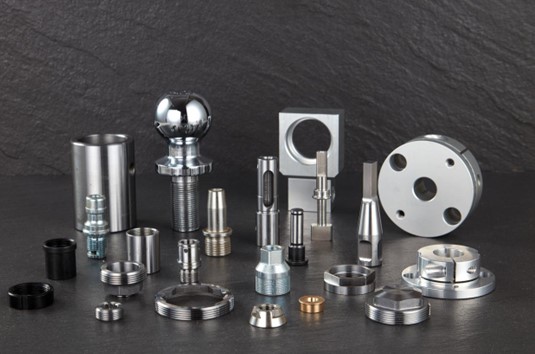
FAQs of 3+2 Axis Machining
What is 3+2 axis machining, and how does it work?
3+2 axis machining, also known as five-axis positional machining, is a CNC process where the part is tilted and rotated into position using two rotary axes before cutting. Once the workpiece is fixed at the desired angle, the machine performs 3-axis operations. This allows complex parts to be machined from multiple orientations without multiple setups.
What is the difference between 3+2-axis machining and full 5-axis machining?
In 3+2 axis machining, the two rotary axes position the part but remain stationary during cutting. In full 5-axis machining, all five axes move simultaneously while cutting. 3+2 offers most of the advantages of 5-axis at a lower cost and with simpler programming, making it ideal for many precision components.
What are the main advantages of 3+2-axis CNC machining?
3+2 axis machining provides excellent precision, improved surface finish, and faster production by reducing setup times. It also allows machining of hard-to-reach features such as angled holes, undercuts, and deep pockets while maintaining high consistency and accuracy.
Which industries commonly use 3+2-axis machining?
This technology is widely used in aerospace, medical, automotive, mold-making, and electronics industries. It’s ideal for producing complex components like brackets, turbine housings, medical implants, and high-precision molds.
Is 3+2 machining more cost-effective than 5-axis machining?
Yes. 3+2 axis machining delivers much of the flexibility of 5-axis machining but with lower equipment and programming costs. It’s particularly cost-efficient for parts that require angled features but not continuous multi-axis contouring.


